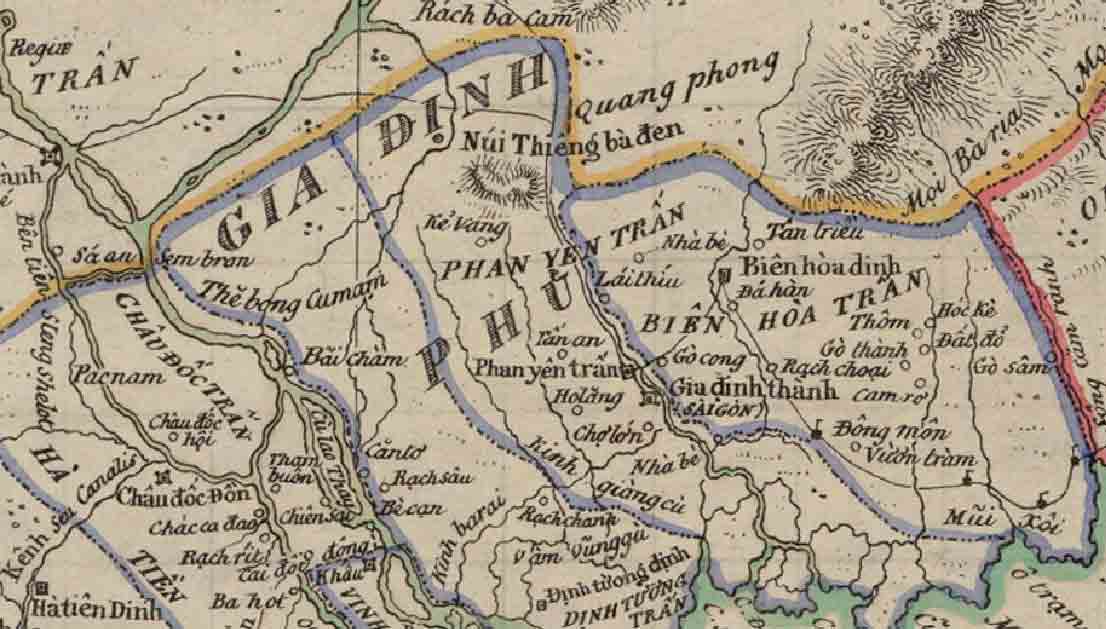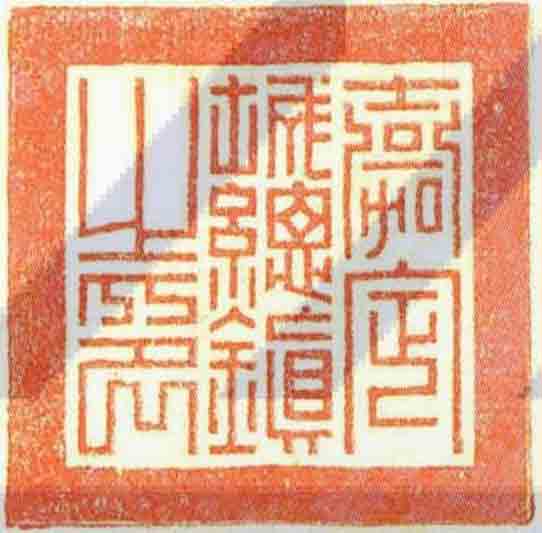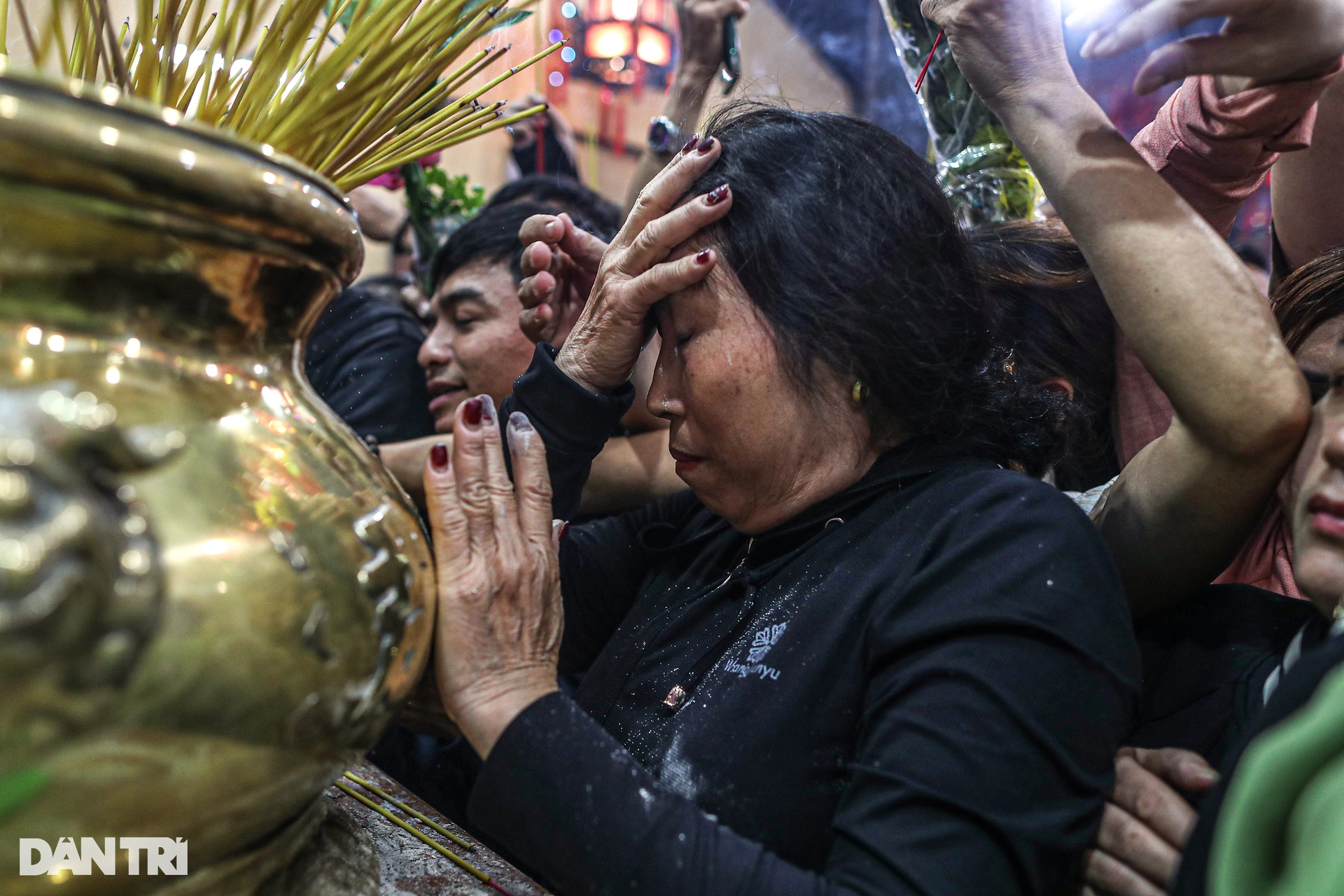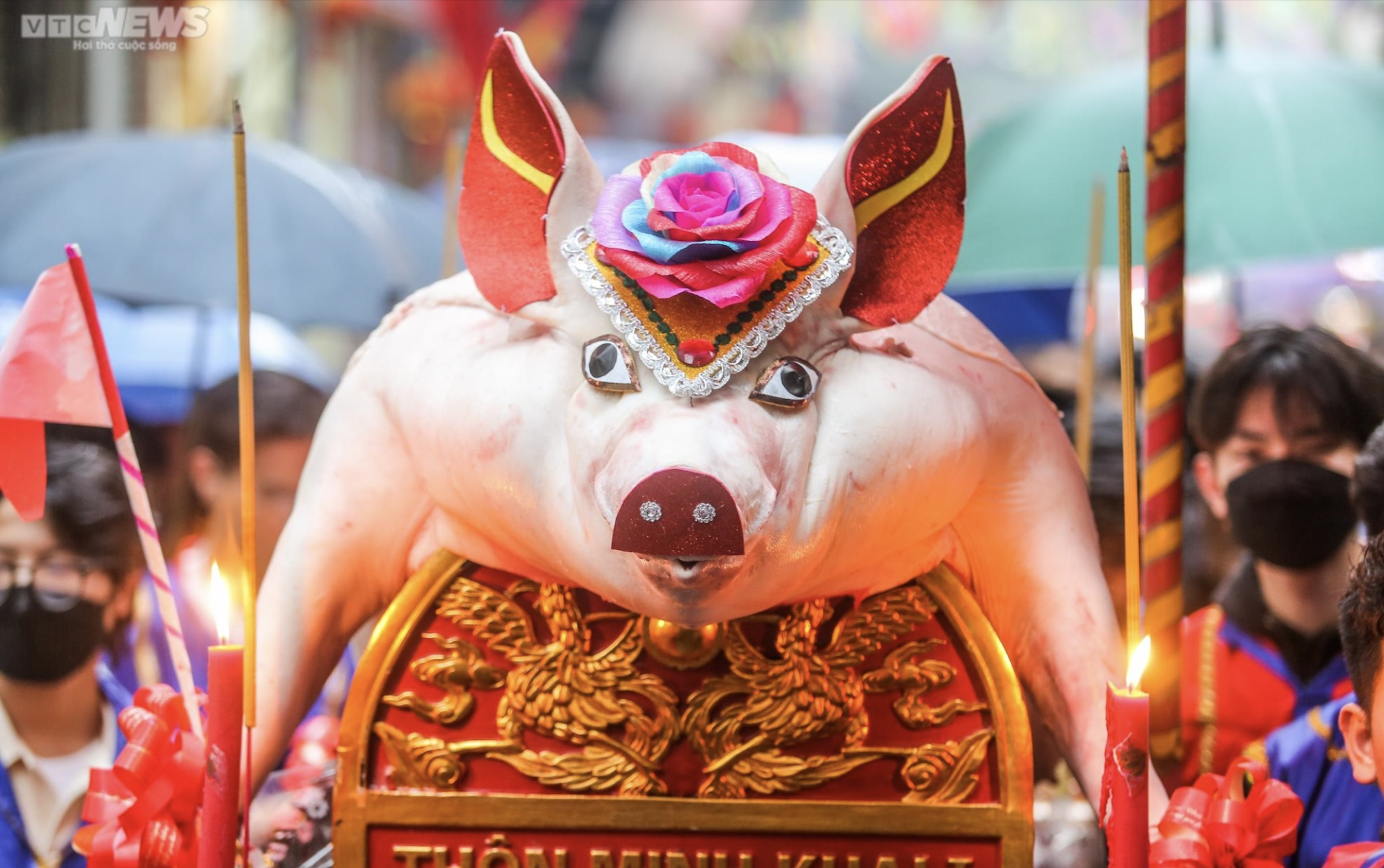The story of Le Van Khoi's uprising and rebellion in Phan Yen (often called Phien An) has always been of interest to researchers and later generations. And with the latest publications from many valuable sources of information by researcher Tran Hoang Vu, it is possible to reconstruct the "panorama" of Le Van Khoi's uprising in detail. From there, many historical "mysteries" of this period have also been "decoded" in an amazing way...

Gia Dinh citadel and Phan Yen town in the map of An Nam by Taberd in 1838
In 1802, King Nguyen Anh led a large army across the Gianh River to the North. The Tay Son Dynasty collapsed like a landslide. King Nguyen Anh (King Gia Long) now faced the new task of building a new governing system for the newly unified territory after more than two centuries of division.
In the first days of entering Thang Long, King Gia Long had to rely on the knowledge of a former Tay Son mandarin - Nguyen Van Dung. Through him, King Gia Long consulted the tax system established by the Tay Son dynasty in the north. The king also adopted an administrative organization of the Tay Son dynasty, which was the Bac Thanh system.
The predecessor of the Bac Thanh system was a group of mandarins left by Nguyen Hue in Thang Long in 1788, after destroying Vu Van Nham. In early 1789, after temporarily stabilizing the situation in the north, Emperor Quang Trung returned to Phu Xuan. The name Bac Thanh was given by the Tay Son dynasty. When preparing to return to Phu Xuan in September of the first year of Gia Long (1802), King Gia Long secretly re-applied the Tay Son governing system. He said: "Only Bac Ha land had just been pacified, the people were all new, and Thang Long citadel was an important place in Bac Ha, it needed important mandarins to guard it" (National History Institute of the Nguyen Dynasty, Dai Nam Thuc Luc , volume 1).
Gia Long then established the position of Governor of Bac Thanh to manage it. But the king did not consider Bac Thanh as a temporary administrative structure. On the contrary, he expanded it to the south.
THE BIRTH OF GIA DINH THANH
In the 7th year of Gia Long (1808), he began to establish Gia Dinh Citadel. Trinh Hoai Duc said: "Gia Dinh was in charge of military, civil, financial, and service affairs of the five towns of Phan Yen, Bien Hoa, Vinh Thanh, Dinh Tuong, and Ha Tien; and was in charge of the entire town of Binh Thuan. All military affairs [of Binh Thuan] had to be controlled, and the financial and service affairs were managed separately."

Gia Dinh citadel seal of the Governor General
At the head of Gia Dinh Citadel was the Governor (military official) and the Deputy Governor (civil official), and later the position of Deputy Governor was added. Below was a system of supporting officials. Although the scale was much smaller than that of Bac Thanh, the 1808 regulation was an expansion compared to the Gia Dinh Governor's apparatus four years earlier. At that time, in Gia Dinh, each office had only 100 people, and there were only 4 departments: Ho, Binh, Hinh, Cong. At the end of the 12th year of Gia Long (1813), King Gia Long began to establish the four departments of Ho, Binh, Hinh, Cong in Gia Dinh Citadel. Gia Dinh Citadel had to send people back to the capital twice a month to report on matters.
Under the Gia Long dynasty, the governing role was divided equally between the military (Tong Tran) and civil (Hiep Tong Tran) positions, and later was supplemented with the Deputy Tong Tran. The positions of the Gia Dinh Citadel's leaders were rotated after a certain period of time. This was probably to prevent the establishment of too close a connection between the Gia Dinh Citadel's leader and local interest groups. After the death of King Gia Long, this practice was broken by his successor. King Minh Mang completely delegated the ruling power to the Governor Le Van Duyet, gradually abolishing the positions of Hiep Tong Tran and then Deputy Tong Tran. This was the seed that created the conflict between the Gia Dinh Citadel government and the Hue court. (continued)
(Excerpt from the book Phan Yen Thanh Binh Muoi Ky - Panorama of the Uprising by Le Van Khoi , just published by Ho Chi Minh City General Publishing House).
Phan Yen Citadel or Phien An Citadel?
The province 藩安 is often translated as Phien An today. But in the Journal of the Asiatic Society of Bengal in 1837, it was written: "the second, Phan Yên or Sài Gòn, which is the fortified town of the same name". The dictionary published by Bishop Taberd (in 1838) also had an entry for "tran", listing the names of towns throughout the country, with Chinese characters and Vietnamese characters. There, 藩安 was also transcribed as Phan Yên.
In the Dai Nam Quoc Am Tu Vi printed in 1895, at the entry for "Yen", Huynh Tinh Cua wrote: "Phan (Yen). Old name of Gia Dinh province". The name Phan Yen was still used in publications until the early 20th century. In 1910, Diep Van Cuong published the novel Phan Yen Ngoai Su. This unification allows us to determine that the name at that time was Phan Yen, not Phien An as is commonly used in historical translations today.
Because it was no longer used in legal documents as well as in daily life, the name Phan Yen gradually faded away. Around the end of the 1920s, other transliterations appeared. In 1926, in the publication Le Ta Quan Biography and Linh Sam published in Hanoi, the author used the reading Phan An, Phan An province. In the national language translation of Dai Nam liet truyen tien bien by the Hue court to distribute to schools (in 1929), the reading Phien An appeared. The transliterations Phan Yen, Phan An and Phien An are still used by other translators and authors. Notably, the translations of Gia Dinh Thanh Thong Chi in 1972 and 1998 both used Phien An. Because this is the leading document for research on the history, geography and culture of Cochinchina, the reading Phien An gradually became dominant.
Source: https://thanhnien.vn/gia-dinh-thanh-truoc-con-bao-du-185241227233449365.htm
































































Comment (0)